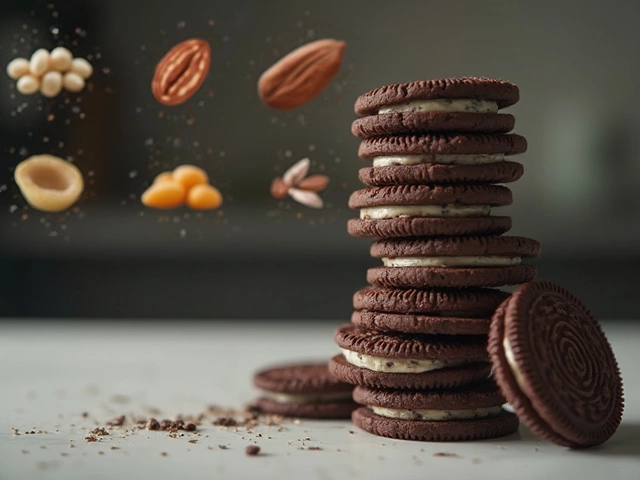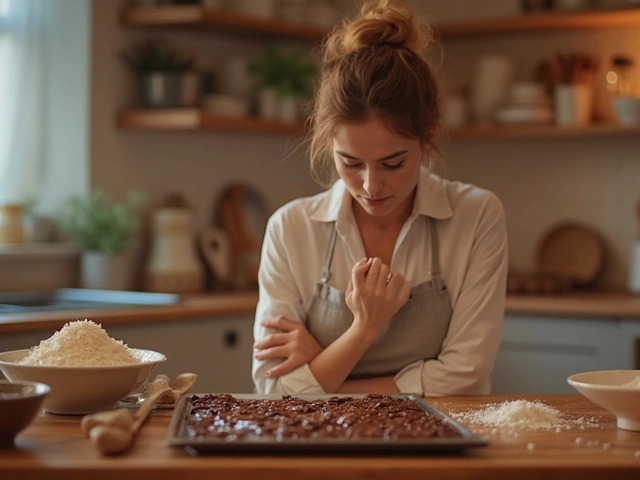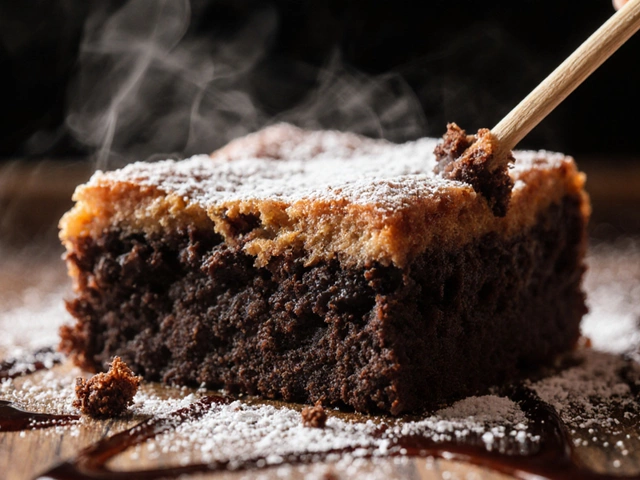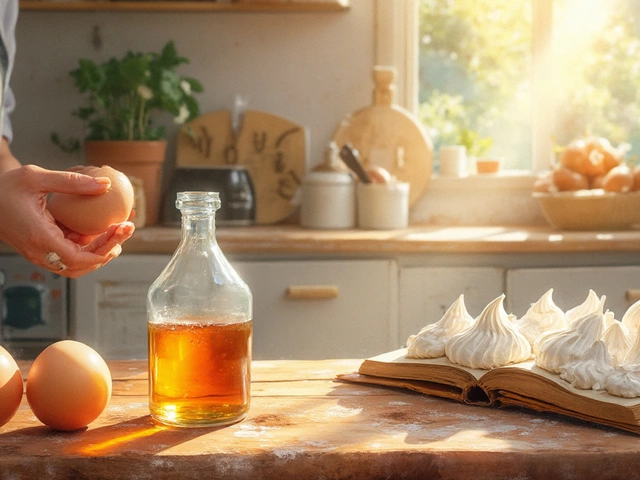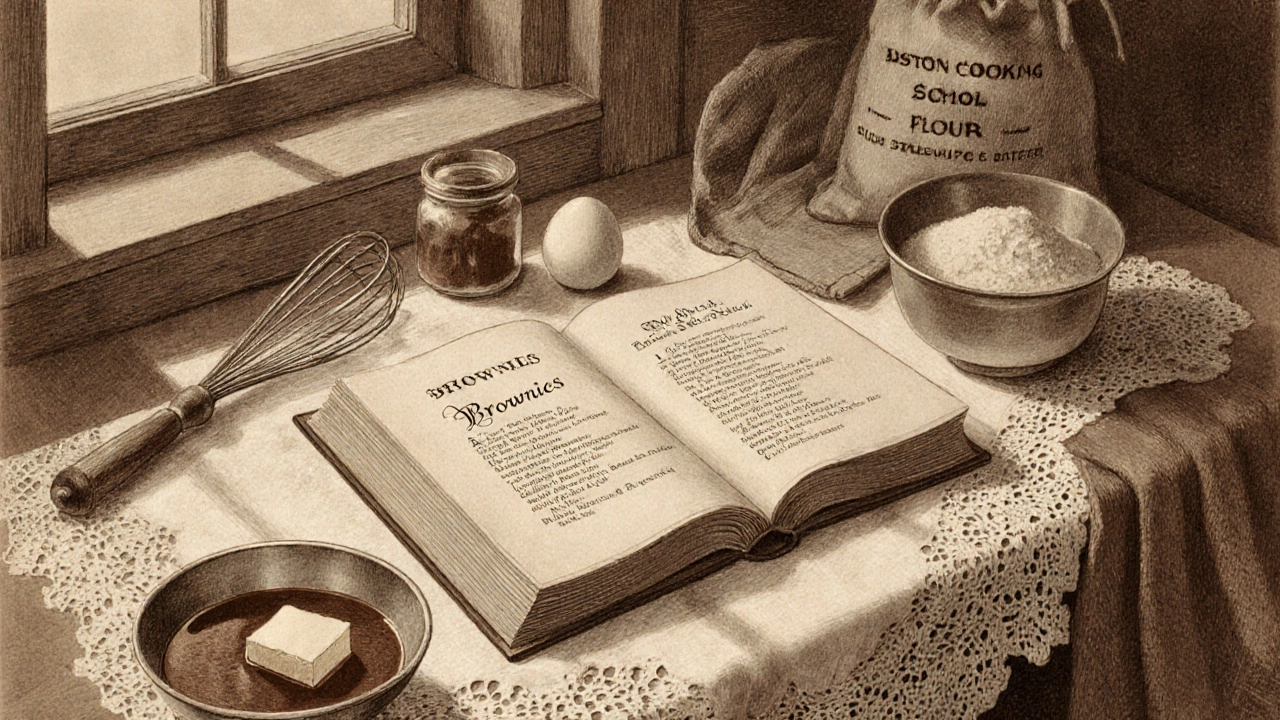
Brownie Recipe Calculator
Calculate the perfect ingredient amounts for the original 1896 brownie recipe by selecting your baking pan size. This recipe comes from Fannie Farmer's Boston Cooking School Cookbook and represents the earliest documented brownie recipe.
Ingredients for Your Brownies
Texture Tip: The original 1896 recipe makes a slightly cakey brownie. For fudgier brownies, increase butter and chocolate while decreasing flour. For cakey brownies, increase flour and leavening agents.
Ever wondered brownie origin and who first baked that fudgy square of chocolate goodness? This article untangles the myths, pinpoints the earliest recipes, and shows how the brownie became an American staple.
Quick Takeaways
- The first printed brownie recipe appeared in Fannie Farmer’s 1896 Boston Cooking School Cook Book.
- A popular legend credits the 1893 Chicago World’s Columbian Exposition’s Palmer House Hotel for the "original" brownie.
- Early brownies were dense, cake‑like treats meant for ladies who wanted a portable chocolate snack.
- Key ingredients: cocoa, butter, sugar, eggs, and a small amount of flour.
- The recipe evolved quickly, giving rise to fudgy, cakey, and chewy variations we know today.
The First Printed Recipe: Fannie Farmer’s 1896 Cookbook
Fannie Farmer was an American cooking teacher who modernized home economics. In 1896 she published The Boston Cooking School Cook Book, which contained the earliest known written recipe titled "Brownies." This recipe called for melted chocolate (or cocoa), butter, sugar, eggs, and a modest amount of flour-exactly the mix that defines a classic brownie today.
Farmer’s version was more cake‑like than the dense, almost fudge‑like squares popular now. She wrote, “Bake until a toothpick inserted in the center comes out with a few moist crumbs.” That line set the benchmark for the chewy interior we love.
The Palmer House Hotel Legend
Another story places the brownie’s birth at the Palmer House Hotel in Chicago during the 1893 World’s Columbian Exposition. Supposedly, a pastry chef was asked to bake a chocolate cake for a women’s banquet, but the batter was too dense to rise properly. Rather than discard it, she cut the cake into small squares and served them as a portable snack. Guests loved the bite‑size treat, and the “brownie” was born.
While the hotel never released an official recipe, newspaper clippings from the era mention a “new chocolate confection” served at the exposition. This anecdote fuels the romantic notion that the brownie was a happy accident.
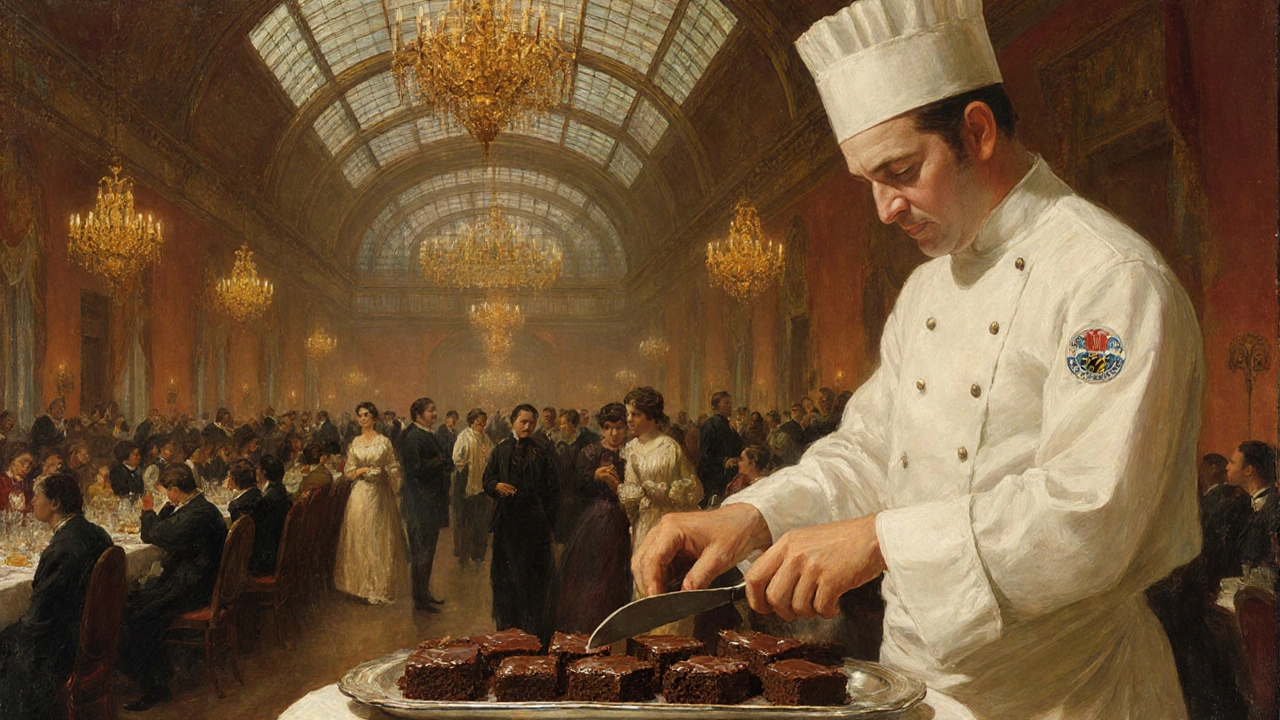
Why Both Stories Matter
The dual narratives show how food history often blends documented facts with oral tradition. Farmer’s printed recipe gives us a concrete baseline, while the Palmer House tale illustrates how culinary innovations spread through social events. Together they explain why the brownie quickly moved from elite hotel menus to home kitchens across America.
Evolution of the Brownie: From Cake‑Like to Fudgy
After 1896, bakers began tweaking the formula. Adding extra butter or reducing flour yielded a denser, moister crumb-what we now call “fudgy.” Conversely, increasing leavening agents and flour made a lighter, “cakey” brownie. By the 1920s, the chocolate‑chip brownie emerged, thanks to the widespread availability of chocolate chips.
Modern bakers even experiment with alternative flours, vegans substitutes, and gluten‑free blends, but the core structure-cocoa, sugar, butter, eggs, and flour-remains unchanged.
Myth vs. Fact Table
| Myth | Fact |
|---|---|
| The brownie was invented in the 1950s. | Documented recipes date back to 1896. |
| Brownies were originally called “chocolate cake bites.” | The term “brownie” appears in early cookbooks and newspaper ads. |
| Only one person invented the brownie. | Both Fannie Farmer’s cookbook and the Palmer House story contributed to its spread. |
| Brownies must be fudgy. | There are distinct “cakey,” “chewy,” and “fudgy” styles. |
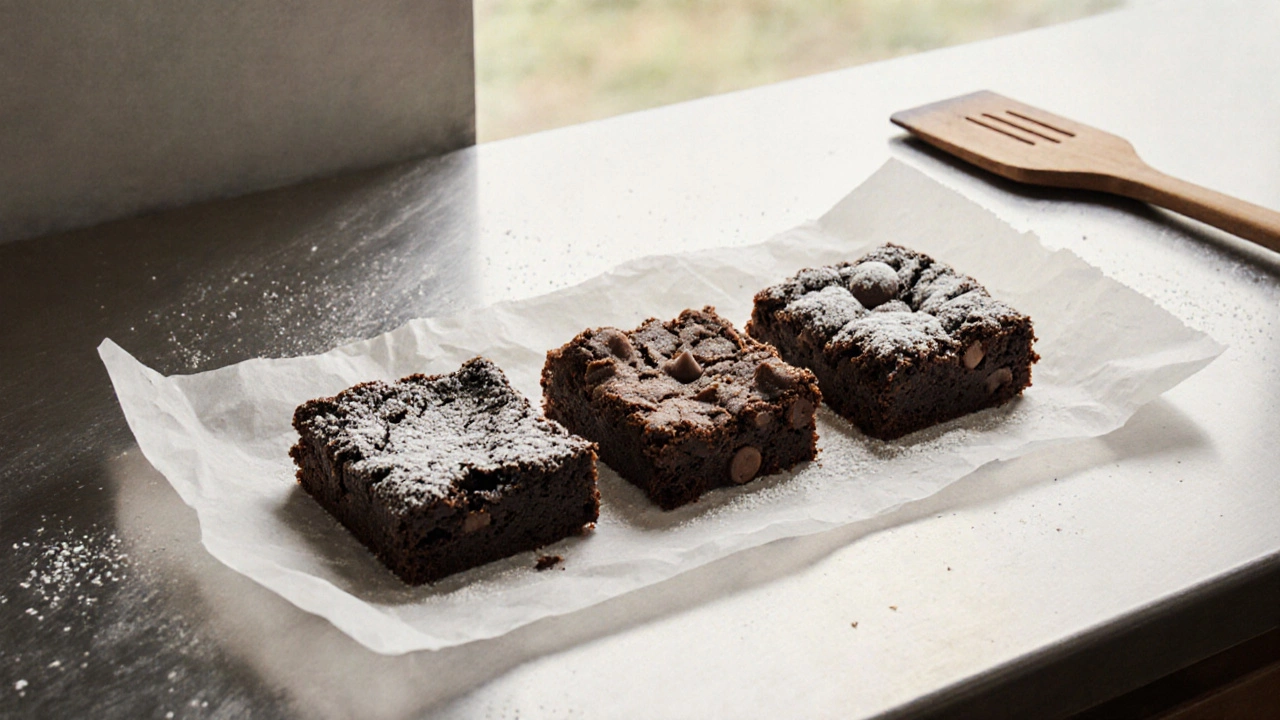
How to Recreate the Classic 1896 Brownie
- Preheat the oven to 350°F (175°C). Grease an 8×8‑inch pan.
- Melt ½ cup (115g) butter with ½ cup (90g) unsweetened cocoa. Let cool slightly.
- Whisk 1cup (200g) sugar and 2 large eggs until light.
- Stir in the cocoa‑butter mixture.
- Combine ¾cup (95g) all‑purpose flour, ¼tsp baking powder, and a pinch of salt; fold into the wet batter.
- Spread evenly, bake 20‑25minutes. Remove when a toothpick shows a few moist crumbs.
- Cool, cut into squares, and enjoy a taste of history.
This recipe mirrors Farmer’s original instruction, delivering a slightly cakey texture that showcases the humble roots of the brownie.
Further Reading & Related Desserts
If you loved the brownie story, you might also explore:
- The rise of the fudge in early 20th‑century America.
- How the tiramisu migrated from Italian cafés to global menus.
- Evolution of chocolate chip cookies after the 1930s.
Frequently Asked Questions
Who is credited with publishing the first brownie recipe?
The earliest printed brownie recipe appears in The Boston Cooking School Cook Book by Fannie Farmer in 1896.
Did the Palmer House Hotel really create the brownie?
Historical records show a chocolate confection served at the 1893 World’s Columbian Exposition, but the hotel never released a formal recipe. The story likely reflects an early, accidental version that inspired later bakers.
What’s the difference between fudgy and cakey brownies?
Fudgy brownies have a higher fat‑to‑flour ratio, resulting in a dense, moist crumb. Cakey brownies use more flour and leavening, giving a lighter, sponge‑like texture.
Can I make a historic brownie without chocolate chips?
Absolutely. The original 1896 recipe relied solely on cocoa powder; chocolate chips became popular only in the 1920s.
Why did brownies become so popular in America?
Their portable size, simple ingredients, and the rise of home‑baking culture in the early 20th century made brownies an easy, affordable treat for families and schools.


